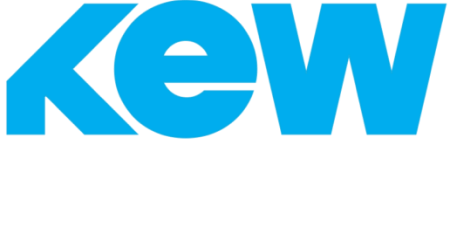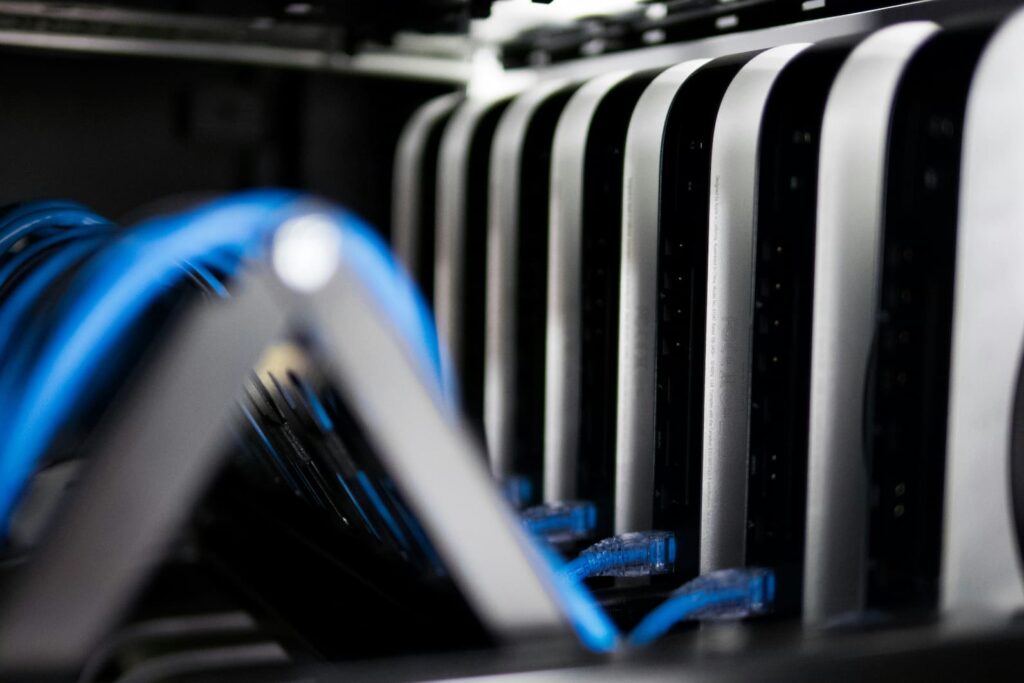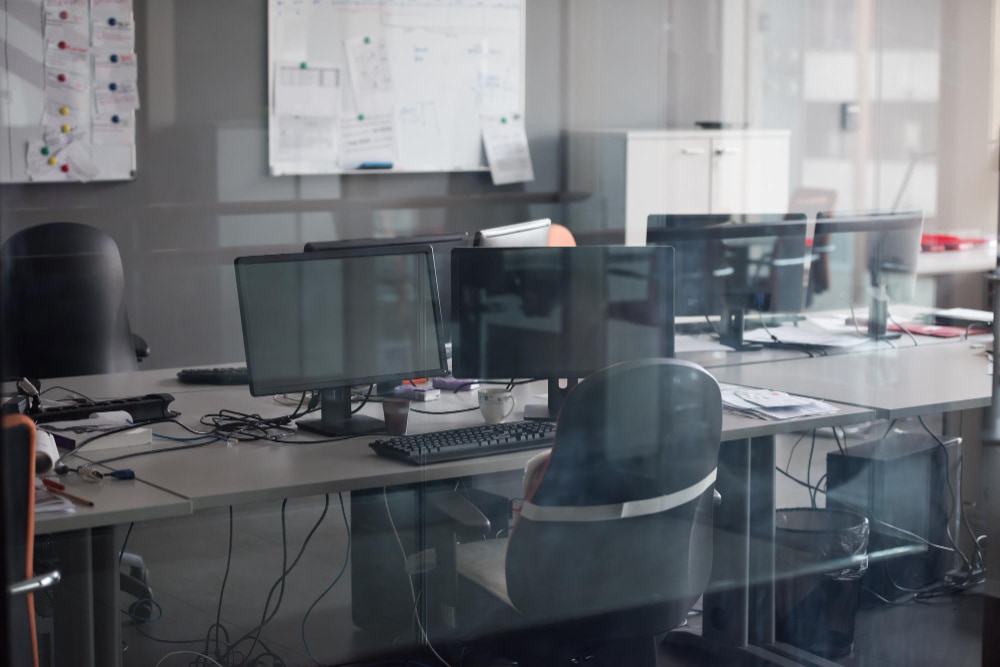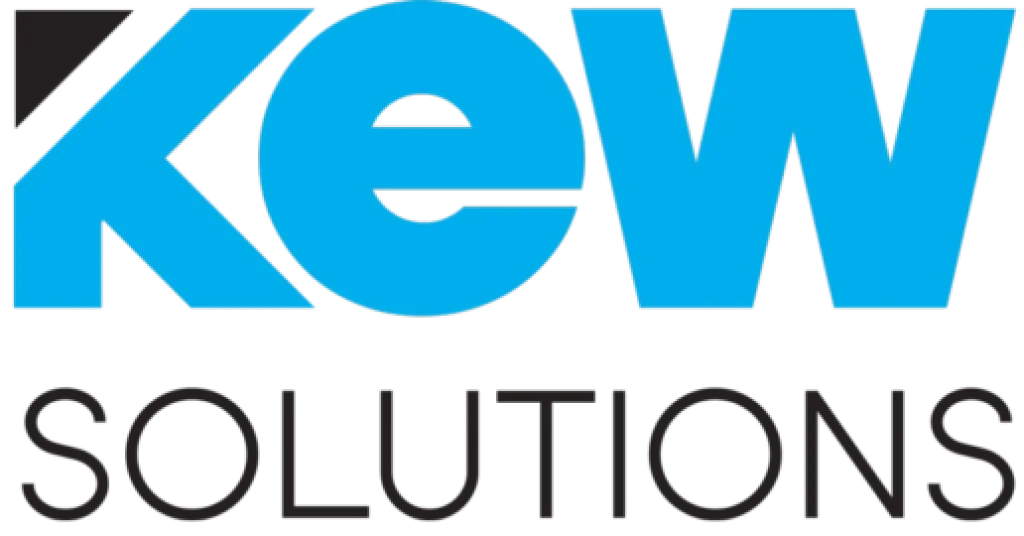Structured cabling forms the backbone of a reliable network infrastructure, ensuring seamless communication between devices and supporting the performance of critical systems in businesses. A well-designed and implemented cabling system guarantees network efficiency, reduces maintenance costs, and supports future technologies.
However, many businesses encounter common mistakes during installation, which compromise the system’s integrity, leading to reduced performance, increased costs, and avoidable downtime.
In this guide, we’ll explore 10 common structured cabling mistakes and provide practical tips to avoid them, ensuring your network remains robust and efficient.
Mistake 1: Inadequate Planning
Proper planning is the foundation of any successful structured cabling project. Without it, businesses risk installing systems that fail to meet current needs, let alone future requirements.
Consequences of Poor Planning
- Scalability issues: Inadequate planning can result in systems unable to handle growing data or user demands.
- Increased costs: Improper planning often leads to frequent upgrades or repairs, inflating long-term costs.
- Inefficiency: Poorly planned cabling layouts can lead to network bottlenecks and reduced performance.
Tips for Proper Planning
- Assess current and future requirements: Determine your business’s data, device, and bandwidth needs.
- Factor in distances: Ethernet cables have maximum run distances for optimal performance; exceeding these can degrade signal integrity.
- Design for scalability: Choose components that accommodate future technologies, ensuring the infrastructure supports growth.
Proper planning is essential for maintaining the integrity of your cabling system!
Mistake 2: Using Low-Quality Materials
The materials used in your cabling system directly affect its performance and longevity.
Risks of Subpar Materials
- Network failures: Poor-quality cables and connectors often lead to unreliable connections.
- Reduced lifespan: Inferior materials degrade faster, increasing replacement costs.
- Compromised integrity: Non-compliant materials can fail to meet industry standards.
Solutions
- Use standards-compliant components: Choose Ethernet cables and connectors certified for performance and safety.
- Avoid counterfeit products: Stick to reputable suppliers to ensure the authenticity of your equipment.
Mistake 3: Improper Cable Management
Poor cable management leads to tangled cables, complicating troubleshooting and maintenance.
Consequences of Poor Cable Management
- Difficult maintenance: Tangled or disorganised cables make it hard to identify faults.
- Increased downtime: Troubleshooting disorganised cabling systems can be time-consuming.
- Safety hazards: Poorly managed cables pose tripping risks and damage potential.
Best Practices
- Use cable trays or racks: Organise cables neatly to ensure easy identification and access.
- Label all connections: Clear labelling helps quickly locate and resolve issues.
- Maintain proper distances: Avoid mixing different cable types to prevent interference.
Mistake 4: Ignoring Industry Standards
Adherence to industry standards is non-negotiable for ensuring compatibility, safety, and performance.
Problems from Non-Compliance
- Compatibility issues: Non-standard components may not integrate with existing systems.
- Safety risks: Non-compliant materials and installation practices can pose fire hazards.
- Reduced efficiency: Subpar cabling systems fail to deliver optimal performance.
Recommendations
- Follow recognised standards: Ensure cabling complies with ISO/IEC and TIA/EIA guidelines.
- Partner with professionals: Working with certified installers ensures your system adheres to all requirements.
Mistake 5: Overlooking Environmental Factors
Environmental factors significantly influence the performance and lifespan of structured cabling systems.
Risks
- Temperature fluctuations: Excessive heat can degrade cables, while cold conditions can make them brittle.
- Humidity and moisture: Exposure to moisture leads to corrosion and compromised connections.
- Electromagnetic interference (EMI): Proximity to high-powered equipment can disrupt data transmission.
Preventative Measures
- Use shielded cables: Protect against EMI with shielded Ethernet cables.
- Install proper insulation: Protect cables from extreme temperatures and moisture.
- Plan cable routes carefully: Keep cables away from sources of interference.
Mistake 6: Neglecting Cable Testing and Certification
Skipping testing and certification often results in undetected issues affecting network performance.
Importance of Testing
- Ensures performance: Testing verifies that cables and connections meet expected standards.
- Identifies faults: Early detection allows for immediate rectification, avoiding long-term disruptions.
Solutions
- Use advanced testing tools: Verify performance metrics, including bandwidth and signal integrity.
- Certify installations: Ensure all components meet industry standards before commissioning.
Learn more about our structured cabling services.
Mistake 7: Running Data Cables Parallel to Power Cables
Running data and power cables parallel increases the risk of electromagnetic interference (EMI), which can disrupt network signals.
Why It’s a Problem
- Signal degradation: EMI affects data transmission, reducing network reliability.
- Increased errors: Interference leads to packet loss and slower data speeds.
Best Practices
- Maintain adequate spacing: Separate data and power cables to prevent interference.
- Cross cables perpendicularly: If unavoidable, cross data and power cables at 90-degree angles to minimise EMI.
Mistake 8: Failing to Plan for Future Expansion
A lack of foresight during installation leads to costly and disruptive upgrades down the line.
Risks
- Outdated systems: Without scalability, systems become obsolete quickly.
- Higher costs: Retrofitting systems to support new technologies is expensive and time-consuming.
Solutions
- Use modular components: These allow for easy upgrades and additions.
- Invest in high-capacity cables: Choose cabling that supports current and future bandwidth needs.
Mistake 9: Inadequate Documentation
Without accurate documentation, troubleshooting becomes a tedious and error-prone process.
Challenges
- Time-consuming repairs: Identifying faults in undocumented systems is inefficient.
- Increased downtime: Lack of documentation delays problem resolution.
Recommendations
- Maintain detailed records: Include cable routes, connections, and device locations.
- Update documentation: Reflect any changes made to the system over time.
Mistake 10: Skipping Professional Installation
DIY installations often result in subpar systems that fail to meet industry standards.
Risks
- Safety hazards: Incorrect installations can lead to electrical fires or equipment failure.
- Non-compliance: DIY setups often fail to meet regulatory requirements.
- Poor performance: Lack of expertise compromises system efficiency.
Benefits of Professional Installation
- Expert guidance: Professionals ensure the system meets all requirements and future needs.
- Standards compliance: Certified installers adhere to industry standards.
- Long-term reliability: Professionally installed systems are more durable and easier to maintain.
Structured Cabling Services that ensure your system is installed to the highest standards.
Conclusion
Avoiding common structured cabling mistakes is essential for building a reliable, scalable, and efficient network infrastructure. From proper planning to professional installation, every step plays a vital role in ensuring your cabling system supports your business needs now and in the future.
By addressing these mistakes and adopting best practices, you can safeguard your network’s integrity, reduce downtime, and maximise performance. For expert structured cabling installation, upgrades, and maintenance, Contact us or Book a Call.









